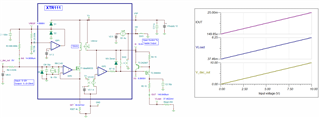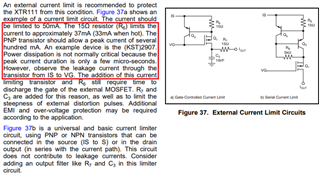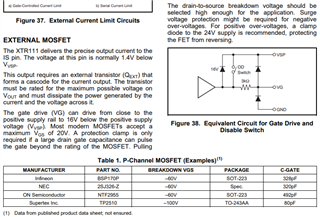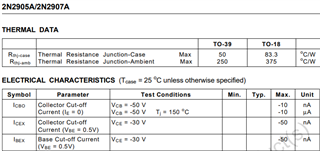Tool/software:
Hello, I am designing a DAC-controlled 150 µA - 25 mA current source, compliance 10V.
After reviewing probably all the posts on this subject I am still uncertain how to select PNP transistor required to limit the current.
Are there any at least semi-official guidelines? It seems that correct selection is important since transistor may cause current leakage.
What particular params should I pay attention to besides max values? How to find the best match?
Please advise.






